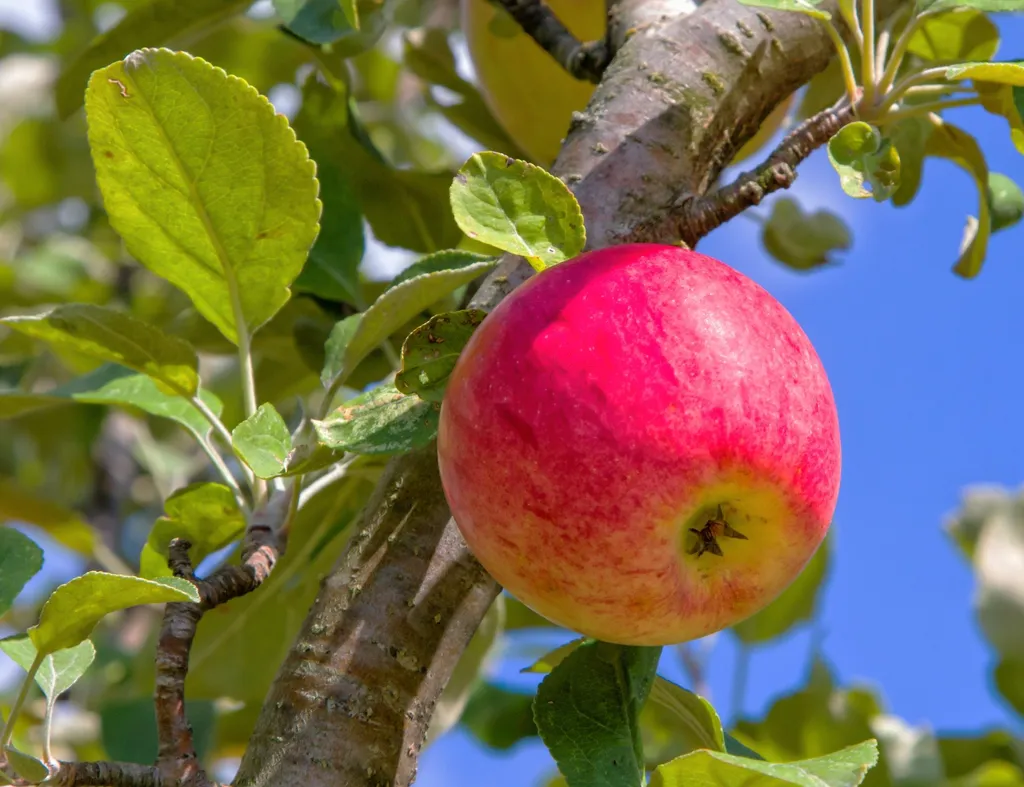In the rolling hills of Red Hook, New York, a quiet revolution is taking place at Rose Hill Farm. Here, Chris Belardi and his team are exploring the intersection of sustainable agriculture and microbial science, with findings that could reshape how farmers approach pest control and crop management. Their recent study, published in the journal *Agrosystems, Geosciences & Environment* (translated as *Agricultural Systems, Geosciences & Environment*), delves into the impact of agricultural netting on the bacterial communities of apples—a critical factor for producers, especially those in the fermentation and cider industries.
Agricultural netting has emerged as a promising alternative to chemical pesticides, offering a sustainable way to protect crops from pests and environmental stressors without harming pollinators. However, until now, little was known about how this netting might influence the microbial communities on fruits like apples, which are highly sensitive to changes in their microbial ecosystems. Belardi’s research sought to fill this gap by comparing the bacterial communities of netted and unnetted apples grown under holistic management at Rose Hill Farm.
Using advanced 16S rRNA gene amplicon sequencing, Belardi and his team analyzed the microbiomes of apples at the end of the growing season. Their findings were striking: the netting had no significant impact on the overall microbial diversity, community structure, or phylogenetic composition of the apples. “This suggests that netting doesn’t disrupt the core apple microbiome,” Belardi explained, “which is crucial for natural fermentation processes like cider production.”
While the overall microbial communities remained stable, the study did uncover some intriguing differences. Certain bacterial taxa, including stress-tolerant genera like *Acinetobacter* and *Kineococcus*, were more abundant on netted apples. This could imply that netting provides a subtle but meaningful shift in the microbial landscape, potentially offering additional benefits for crop resilience.
For the agricultural and energy sectors, these findings are more than just academic—they represent a step toward more sustainable and efficient farming practices. As the demand for organic and sustainably produced foods continues to grow, farmers are under increasing pressure to reduce their reliance on chemical pesticides. Agricultural netting offers a viable solution, and Belardi’s research provides reassurance that this method won’t compromise the quality of the final product.
The study also opens doors for further exploration. If netting can maintain—or even enhance—certain microbial populations, could it be leveraged to improve crop health and fermentation outcomes? Belardi’s work suggests that the answer may be yes, and future research could uncover even more nuanced interactions between netting, microbial communities, and crop quality.
As the agricultural industry continues to evolve, studies like this one will be instrumental in guiding best practices. For Belardi and the team at Rose Hill Farm, the work is far from over. Their findings not only validate the use of agricultural netting as a sustainable pest control method but also pave the way for deeper investigations into how farming practices influence microbial ecosystems—and, by extension, the quality and safety of our food.

